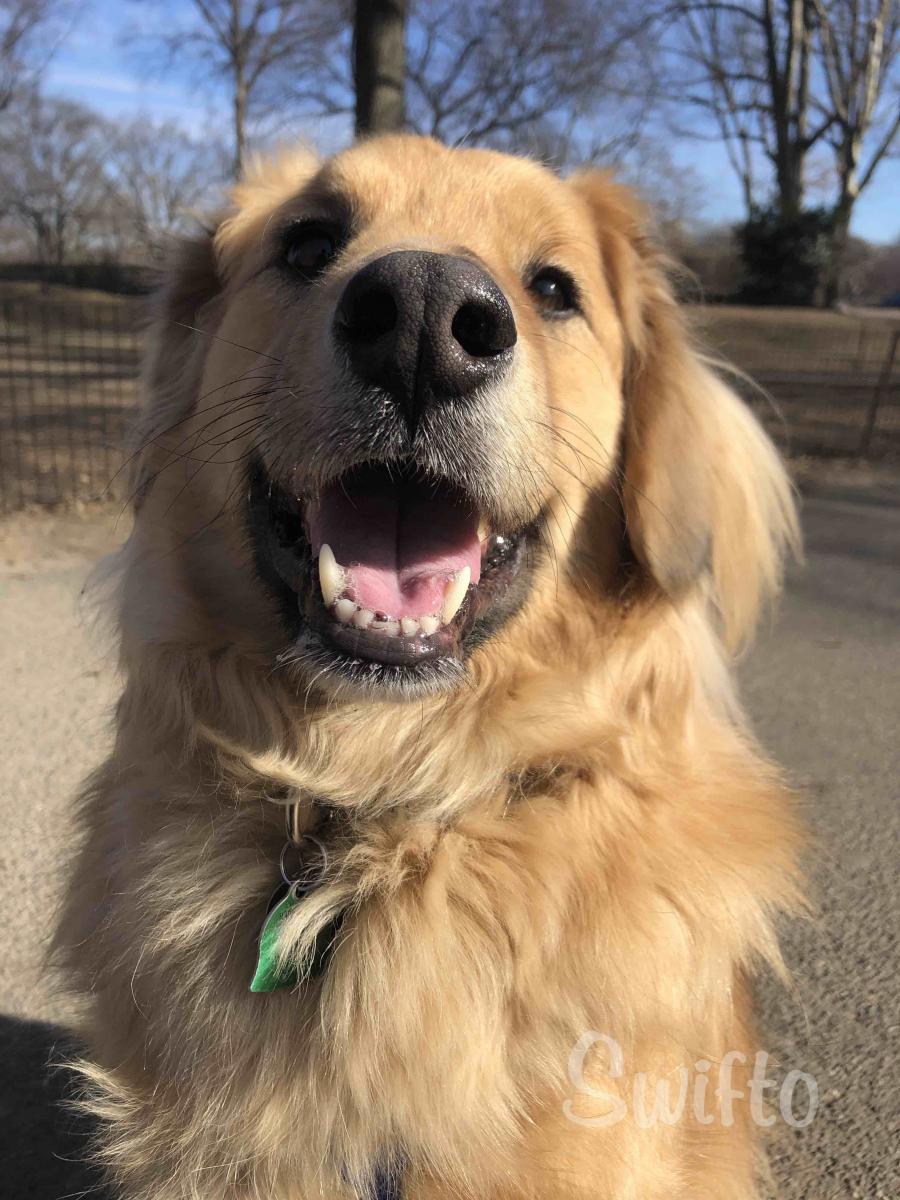Dogs and children can both be bundles of energy and love, and they can learn all kinds of new things. However, some dogs may not enjoy being around children due to past negative experiences or the noisy, energetic nature of kids. This can become a serious issue if your dog becomes anxious or aggressive. To ensure smooth interactions, it's important to plan ahead and work with your dog to avoid any negative reactions.
Start Early with Socialization
Puppies and Children:
Socializing your puppy with children early on is key. Familiarity can make new experiences less threatening, helping to prevent future mishaps.
Teach children to be gentle with the dog to avoid frightening or upsetting the puppy. Monitor interactions closely to intervene if necessary.
Frequent positive interactions with children will help your puppy become accustomed to their behavior, easing any fears or anxieties.
Gradual Introductions:
Introduce your dog to a child’s scent through an item of clothing or bedding before a direct meeting. This can help your dog feel more comfortable.
Encourage proper behavior for both children and dogs, using positive reinforcement to promote kindness and respect.
Addressing Anxious or Aggressive Behavior
Slow Socialization:
If your dog is already anxious, scared, or aggressive around children, socialize them slowly. If your dog shows signs of discomfort, it’s okay to remove them from the situation.
Use distraction and mental cognition training to help your dog manage the stimulation of being around children.
Obedience training can help reduce risks and lower anxiety. Teach your dog to stay out of the child's room and instruct the child on how to behave properly around the dog.
Health and Safety:
For aging dogs, teach children not to startle them and to approach gently. Aging dogs may feel more vulnerable due to health issues and reduced senses.
Keep dogs and children separated when necessary, ensuring both have their own space to feel safe.
Monitoring and Intervention
Signs of Stress:
Watch for signs that your dog is stressed or has had enough, such as tail between the legs, ears pinned back, showing teeth, growling, nipping, rigidity, or cowering.
Intervene immediately if your dog shows any of these signs. Stop any behavior from the child that invades the dog’s personal space or causes harm, like pulling or pinching.
Creating a Positive Environment:
Ensure both the dog and child are always supervised during interactions. Slowly adjust both to each other's presence to build a positive relationship.
Use positive reinforcement to encourage good behavior and create a bond between the dog and child.
Conclusion
Many children grow up with dogs, benefiting from their love, protection, and companionship. By taking things slowly and monitoring interactions, you can help both your dog and child form a loving bond. Prepare as much as possible before bringing them together to avoid future issues.
Swifto's Dog Walking Services
At Swifto, we understand that every dog has unique needs when it comes to interactions with children. Our professional dog walkers can tailor walks to avoid children if your dog is uncomfortable or help socialize your dog with kids if desired. Simply indicate your preferences on your dog's profile on the Swifto dashboard, and our walkers will ensure your dog's needs are met.
Looking to book a dog walker? Click below to schedule a walk!
By Callie T.


